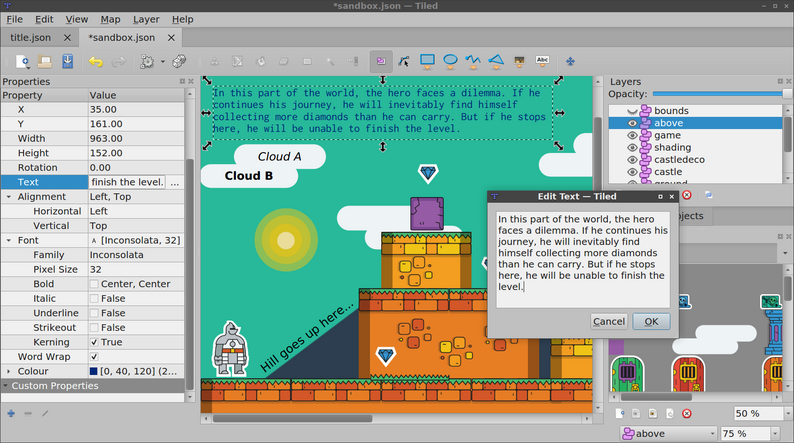

For example, if a range of 1-2 is selected for the Life property, each new particle will have some random length life between 1 and 2 seconds. Clicking this button changes the number into a number range, where at runtime, a random value is selected from between the two specified values, every time the number is referenced. Some of the number fields have a > button beside them. Properties with an “Active” toggle button can be turned off, which can minimize some of the work that needs to be done at run-time. There are some common elements that appear in several of the properties panels.

In code, the effect is represented by the ParticleEffect class, which has a list of ParticleEmitters. A particle effect is made up of one or more emitters, which is managed in the lower left of the particle editor. In code, the emitter is represented by the ParticleEmitter class. When you are configuring properties, you are actually configuring the particle emitter that will create and manage the particles. Images will often combine for some surprising and sometimes very cool looking results. Experiment with different images to create a wide variety of effects. The default image is just a simple round gradient. The first step to creating an effect is to choose an image. You can also create effects programmatically, but it is much more difficult and time consuming to create great effects. The particle editor allows you to manipulate these properties and observe the result in real time. Each particle has many properties that control how it behaves: life, velocity, rotation, scale, etc. Particle effects are good for fire, explosions, smoke, etc. The images usually use additive blending and some pretty stunning results can be produced with only a few images. Using the Particle Editorīriefly, a particle effect consists of some images that are moved around. This will create a run configuration that you can use later to launch the particle editor easily. In the “Use classpath of module:” dropdown, select your desktop project, and then click Run. Right-click and select “Run ParticleEditor.main()” and IntelliJ will open the run configuration dialog box.

main() method that is used to launch the file. For example, in IntelliJ: Open the Navigate menu (Cmd-N on OSX) and type ParticleEditor, and IntelliJ should find the ParticleEditor.java file. Thirdly, if you are using Gradle and you added “Tools” extension to your project, you can easily run the particle editor from your IDE. To run the editor, you can check out libGDX and run it from source. Improvements to particles is planned, but will be some time until we can get to it. There is a runnable example, though unfortunately it isn’t the simplest for typical usage. The Java API works (the editor is built using it) but could use some clean up and definitely some documentation. The libGDX 2D Particle Editor is a powerful tool for making particle effects.


 0 kommentar(er)
0 kommentar(er)
